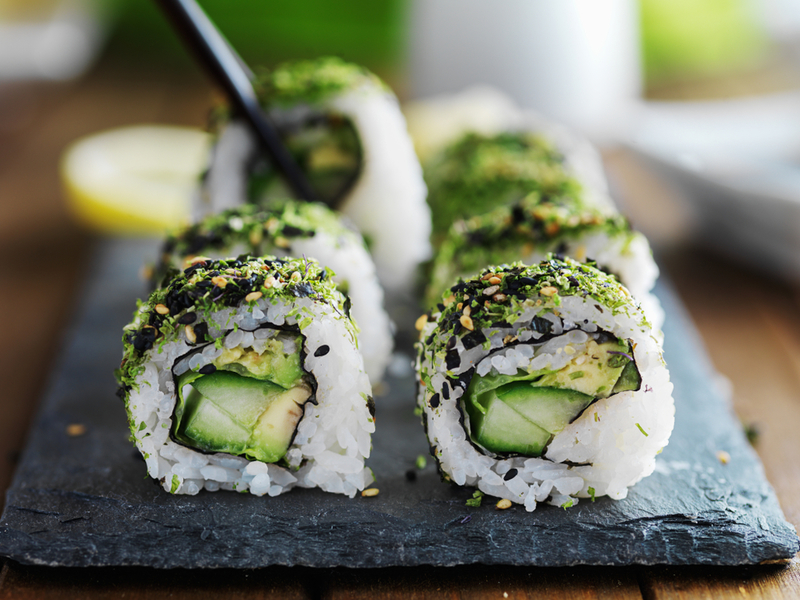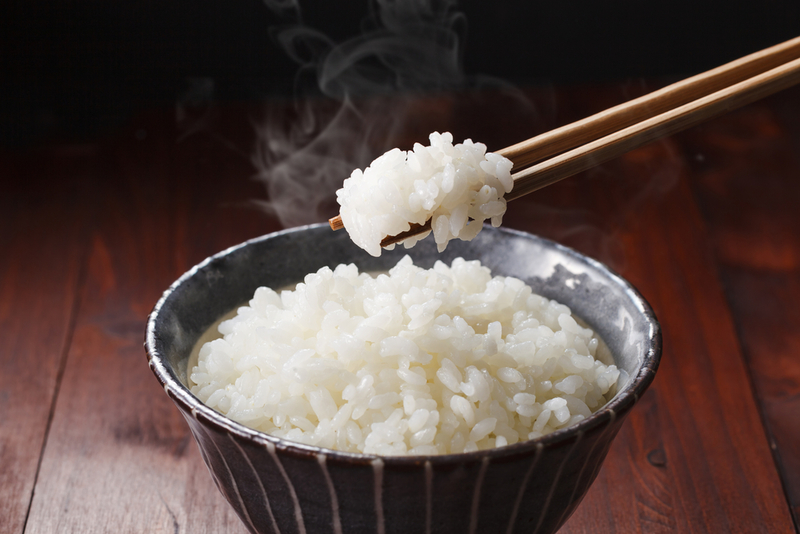
Another significant component of sushi that makes it less healthy is the sticky white rice. You might not even realize just how much rice you are actually eating. According to Nancy Farrell, a registered dietitian nutritionist, there’s between a half to one cup of rice per roll, or six to nine pieces, of sushi. That packs around 500 calories; there’s also added vinegar and sugar, which makes the rice stickier. So, sushi rice ends up having more calories than regular steamed rice. If you’re overeating sushi rolls, then it could really take a toll on your health in the long term. “Studies have shown a connection between high intake of refined carbs — like white rice — and increases in blood sugar and insulin, which can, in turn, increase the risk of diabetes and heart disease,” said Rebekah Blakely, RDN. So, be more mindful the next time you order sushi — consider ordering pieces sans rice and don’t overdip the pieces into sauces. Or, view it as a treat rather than a healthy meal.

Soy sauce and sushi go together like — well, like sushi and soy sauce. To have one without the other seems almost blasphemous; or, at the very least, unfortunate. Though, some among us might admit to being somewhat liberal with their application of the stuff to sushi, blissfully unaware that doing so can ruin your meal and insult your chef at the same time. You see, the rice that forms part of the sushi has already been flavored with soy sauce by your chef during preparation. Not only will adding more overload the taste and cause it to fall apart, but it’s also basically a way of telling whoever made it that they made it poorly. Etiquette-wise, that’s not exactly a great look. Only the fish part of the sushi should ever touch the soy sauce. Dip it once and eat — and nobody’s feelings are going to end up hurt.